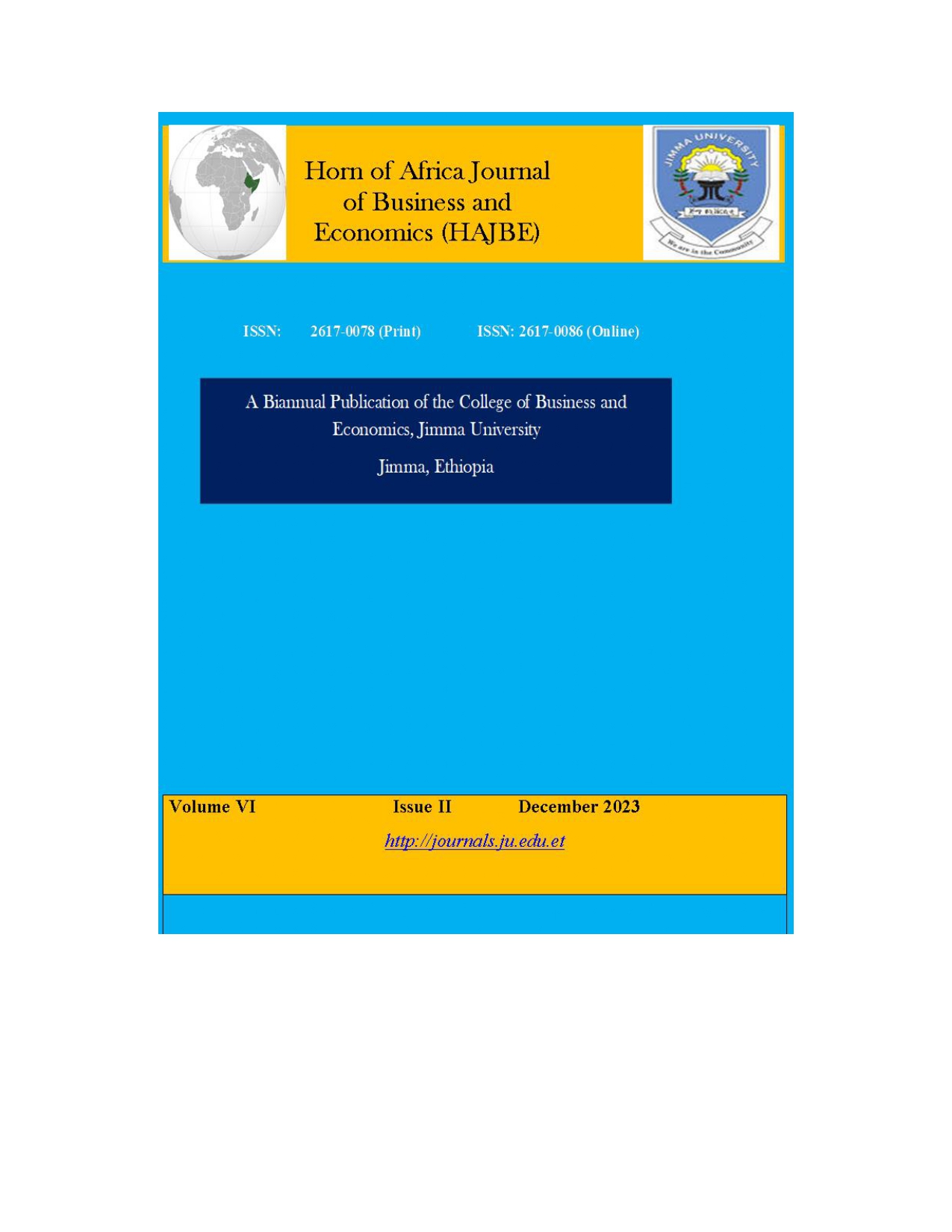Influence of Social-Economic Attributes and Saving Intentions on Saving Options A Case Study of Sub-Urban Tanzania
Main Article Content
Abstract
The study examines the association between saving intention and alternative media of saving, along with determining the influence of demographic and social economic attributes on the choice of media of saving, focusing on Tanzanian sub-urban area. The analysis considered five alternative media of saving famous in the country; saving in cash, mobile money, saving and Credit Cooperative Organizations (SACCOs), bank accounts, and purchase of real assets. The structured questionnaire was used to collect data from 22 wards of Mbeya city council, where 401 respondents were reached; out of which 285 respondents were found to have saving habit. For analysis, descriptive statistics and multinomial logit regression were employed. The results show SACCOs were the most preferred over other saving options, particularly by those with business development intention and recurring motives. Furthermore, the results of the multinomial model show that gender, age, education, and monthly income significantly influence the choice of SACCOs saving over cash saving, as well as real asset purchase over cash saving. The study has implications on financial inclusion initiatives to Tanzania and other developing countries with similar context. Also, it offers additional insight to the financial inclusion literature regarding individuals’ attributes that could influence their choice of one media of saving over other alternatives exposed to them.

